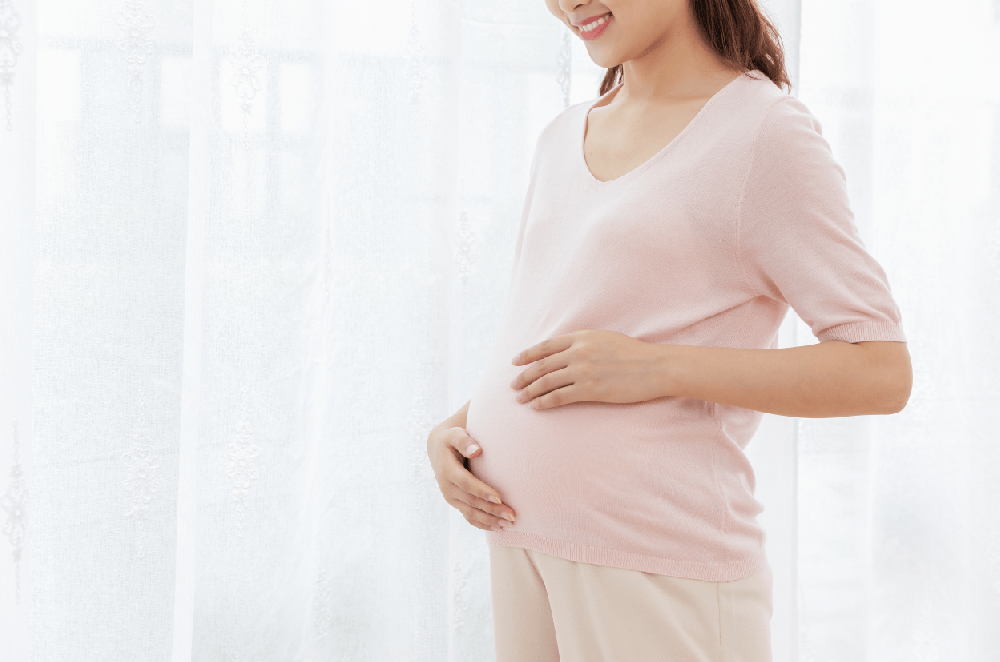Tubal mesosalpinx cyst is a gynecological disease caused by cystic changes in the mesosalpinx tissue near the fallopian tube. The mesosalpinx is a thin membrane-like tissue that covers the fallopian tube, providing support and protection. When abnormal proliferation or cyst formation occurs in the mesosalpinx tissue, a tubal mesosalpinx cyst is formed.
Initially, tubal mesosalpinx cysts typically do not affect the normal menstrual cycle but may cause lower abdominal discomfort or a feeling of heaviness, and in severe cases, may lead to infertility. This is because the cysts are usually small, having a minimal impact on the fallopian tube’s normal function and allowing for regular ovulation in most cases. However, under certain circumstances, tubal mesosalpinx cysts may adversely affect pregnancy.
On one hand, the cysts may compress the fallopian tube, affecting its normal peristalsis and sperm transport capabilities, thereby reducing the chances of conception. On the other hand, if the cysts become infected or rupture, they may cause gynecological inflammation, further impacting fertility. Additionally, if the cysts are large, they could hinder sperm from entering the fallopian tube or impede the implantation of the fertilized egg, affecting the outcome of pregnancy.
Facing this situation, patients need prompt medical attention to undergo diagnosis and evaluation by a physician to determine appropriate treatment methods. Smaller cysts typically do not require special treatment but necessitate regular monitoring for changes. For larger cysts or those suspected of infection or rupture, surgical intervention may be necessary to eliminate the cyst and alleviate pressure on the fallopian tubes and uterus.
Treatment methods include laparoscopic surgery and open surgery. Laparoscopic surgery is a minimally invasive procedure that involves the removal of the cyst under laparoscopic guidance using specialized surgical instruments and equipment. Open surgery, on the other hand, is a traditional surgical approach that involves opening the abdomen to remove the cyst. The choice of treatment method depends on the patient’s specific circumstances and the physician’s expertise.
In conclusion, tubal mesosalpinx cysts may have adverse effects on pregnancy under certain circumstances. Patients should seek timely medical attention and follow the recommendations of physicians for appropriate management. The selection of the most suitable treatment approach should be based on the patient’s individual situation and the expertise of the medical professional.


